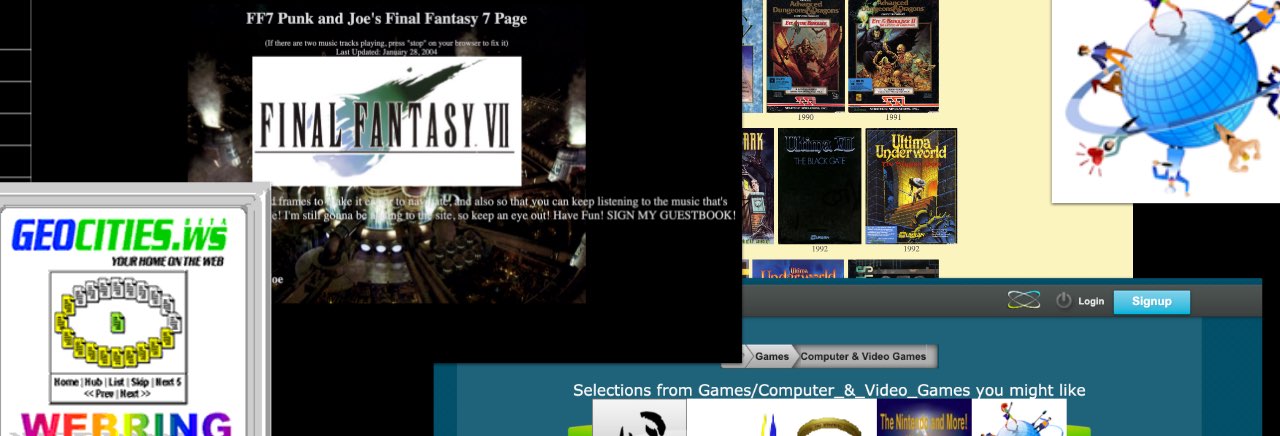The web’s founders fully expected some form of digital payment to be integral to its functioning. But nearly three decades later, we’re still waiting.
Back in the 1990s, when Tim Berners-Lee and his team were creating the infrastructure of the World Wide Web, they made a list of the error codes that would pop up when something went wrong. You’ve surely encountered many of them: “404 Not Found,” which pops up if you click on a dead link; “401 Unauthorized” when you hit a page that needs a password; and so on.
Here’s one you probably haven’t seen—and its absence from your life speaks to why the promise of the early web seems increasingly out of reach: “402 Payment Required.”
That’s right: The web’s founders fully expected some form of digital payment to be integral to its functioning, just as integral as links, web pages, and passwords. After all, without a way to quickly and smoothly exchange money, how would a new economy be able to flourish online? Of course there ought to be a way to integrate digital cash into browsing and other activities. Of course.
Yet after almost three decades, that 402 error code is still “reserved for future use.” So I still have to ask: Where are my digital micropayments? Where are those frictionless, integrated ways of exchanging money online—cryptographically protected to allow commerce but not surveillance?
…
In response to this article being discussed on MetaFilter, I wrote:
The Web Payments Working Group published a specification for a standardised mechanism for the collection of card payment details online, a couple of years ago. It’s not quite the same thing because it’s done in the page application rather than at the HTTP(S) level, but it goes a long way towards solving a lot of the problems with our existing approach to payment processing online.
It’s already seeing adoption in browsers, but merchants and payment processors are unlikely to start rolling it out until adoption until later because (a) they want critical mass and (b) they’re wary of change. But within a few years, you’ll probably see it for the first time, and you might not even notice.
The idea is that instead of asking you to fill out an (arbitrary) form, a web page will ask your browser to get payment details from you in a standardised format. That might mean entering your card details if that’s how you prefer to work (but even if you choose to do this, the form you fill in will look the same every time) but it would instead allow you to use a payment tool built in to your browser, operating system, or password safe to do it for you. I know that browsers and password safes will offer to try to do this today, but standardising the format means that they’ll always be able to achieve it.
Once this technology’s in place, there’s nothing to stop HTTP 402’s implementation being completed: all the infrastructure will exist.
The thing about the future is that when it arrives, you don’t even notice. It’s never jetpacks and flying cars: it’s a series of iterative changes, each one predictable after the completion of the last but the entire ensemble seeming innovative and surprising when taken as a whole.
